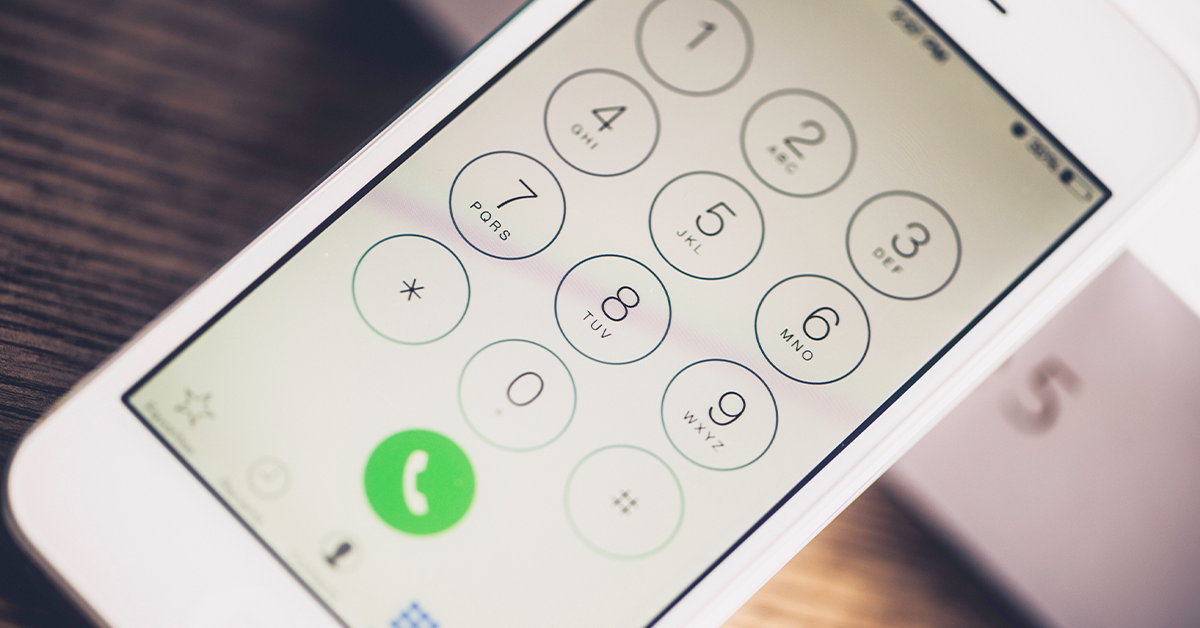
21 Jun Coming Soon…A New National Suicide Prevention Lifeline
Starting July 16th, 2022, people of all ages will have access to a new dialing code designed to support their mental health. The new 988 code has been created to connect those in crisis to trained counselors that are part of the National Suicide Prevention Lifeline network. Even though the NSPL network has been available since 2005, mental and public health experts believe that providing an easy-access dialing code will help make these services much more accessible.
Since the creation of this code was legislated by Congress in 2020, many states have stepped up and have increased funding for these services. This should help to make their current crisis system more resilient, allow for more operators and staff to be hired, and lead to the creation of more rapid response teams. While the transition to the 988 code will happen regardless of whether each state has passed an additional funding bill, any extra funds will help simplify the shift for everyone involved.
How the 988 Crisis Hotline Works
Just as 911 is the designated code for medical emergencies, the new 988 code is intended to be used specifically for mental health crises. Beginning July 16th, anyone calling from within the United States or its five major territories (Guam, the Northern Mariana Islands, Puerto Rico, the U.S. Virgin Islands, and American Samoa) can dial the code and be connected to a mental health crisis counselor from the National Suicide Prevention Lifeline.
While the service is designed to be accessible throughout the United States, individual states are responsible for setting up their own support networks. This means that the callers’ locations will dictate what happens after they speak to a counselor. Some states have a robust and growing network of mobile teams that can respond to mental health emergencies, while others lack the resources and funds to implement these services state-wide.
If you live in a state that lacks resources, advocating for change is a central component of improving mental health services. To learn more, check out the National Alliance on Mental Illness’s advocacy resources.
Why This Service Is So Critical
Expanding National Suicide Prevention Lifeline access with the new 988 code could not have come at a better time. The COVID-19 pandemic and subsequent public health measures have resulted in poor mental health outcomes across the board, especially among teens and young adults.
A survey conducted in 2021 found that over 37% of students experienced poor mental health during the pandemic, with 19.9% experiencing suicidal thoughts. Shockingly, 9% of the students surveyed had actually attempted suicide.
In addition to the disturbing trends researchers are seeing with suicide and suicide ideation, the rising prevalence of depression and anxiety symptoms has been universal, particularly around how these symptoms manifest in children and adolescents. One meta-analysis found the global prevalence of anxiety and depression sat at 20.5% and 25.2%, respectively.
Without treatment, these mental health conditions can easily lead to increased risk for substance use disorders, suicidal ideation, and even contribute to physical issues like chronic pain, headaches, and heart disease.
The Seven Pillars of the 988 Crisis Hotline
To help address these critical issues and make crisis services for mental health and substance use care more accessible for all Americans, clinicians, politicians, and public health officials behind the development of the 988 crisis hotline have designed it around seven separate pillars. These pillars are:
-
-
- Early Identification and Prevention
- Emergency and Crisis Response
- Equity
- Integration
- Parity
- Standards
- Workforce
-
When considered together, these pillars represent the scope through which public health officials hope to make a difference in the world of mental health care in the United States.
How Coordinated Care Will Work with Crisis Intervention
The individuals and organizations behind the National Suicide Prevention Lifeline all agree that the current system for dealing with mental health emergencies does not acknowledge that care should continue long after the crisis has passed.
According to their final strategy document, organizers of the 988 crisis hotline intend to incentivize early intervention, followed by a community-based model of care for individuals in crisis. These community-based models will require that all organizations receiving crisis response funding have established links to other local organizations capable of providing follow-up care, so there can be a seamless continuum of care starting from the first moment of the initial phone call. There will also be a priority placed on providing equity for underserved communities, especially individuals and their families who have already experienced crisis care.
While staff from 988 and 911 will work closely together, it should be understood that law enforcement will play a secondary role in this new model of crisis response. Along the way, training on mental health intervention and support for high-risk individuals will be incorporated into 911 training, with the goal of improving collaboration and communication between these two vital services.
Potential Positive Outcomes of this New Service
Offering Americans an easy-to-use dialing code for the National Suicide Prevention Lifeline and improving services across the United States is a great first step in making mental health care more accessible.
With more than 2.1 million people calling the current National Suicide Prevention Lifeline crisis hotline in 2020, and more than 46,000 Americans committing suicide that same year, we must ensure that state and federal governments can work together to ease regional inequities and make this type of crisis intervention more standardized, no matter where the call comes from.
While 988 goes into service on July 16th, the National Suicide Prevention Lifeline can always be reached at 800-273-8255. It is accessible 24 hours a day in both English and Spanish.



Sorry, the comment form is closed at this time.